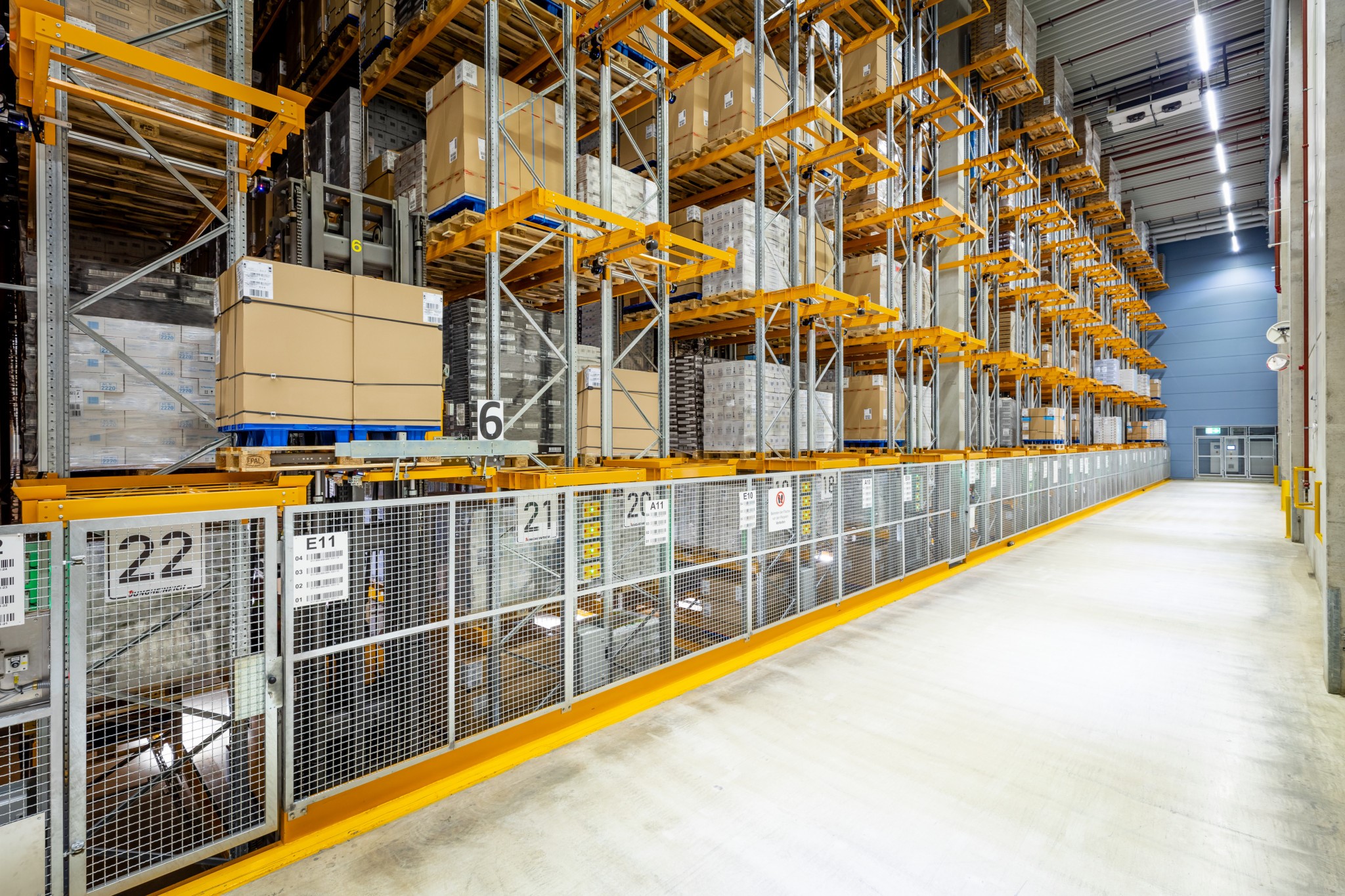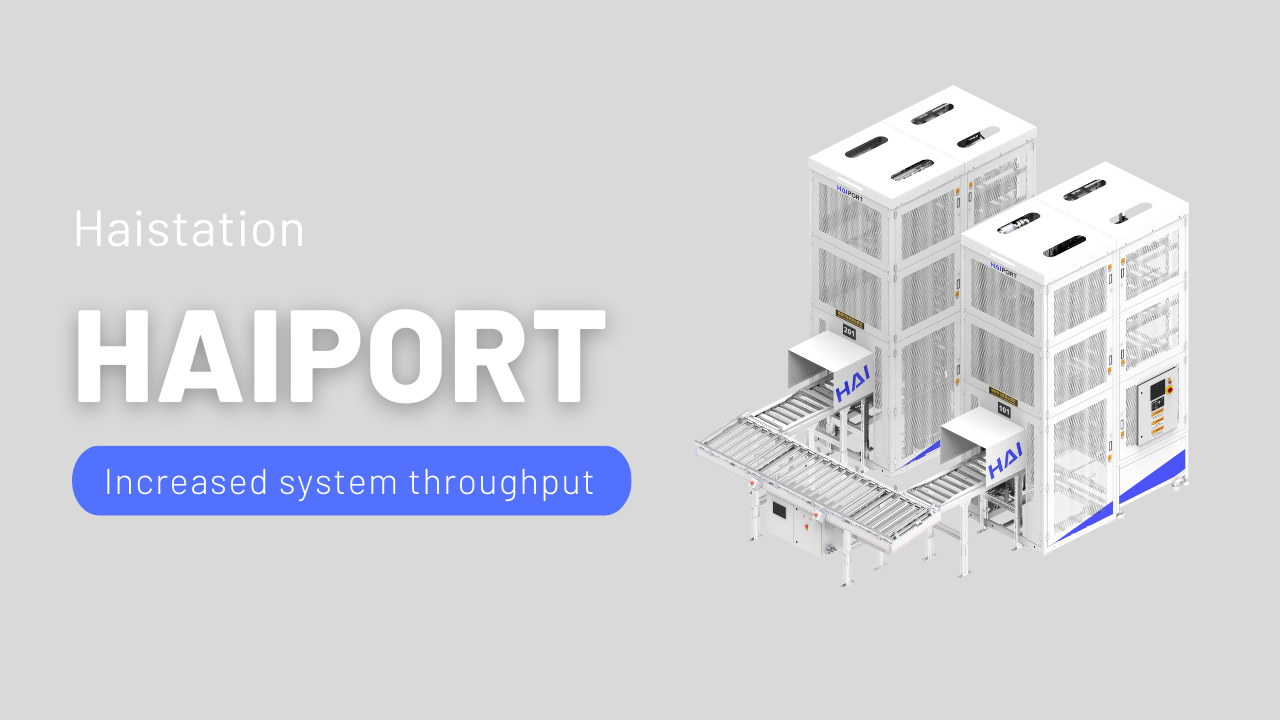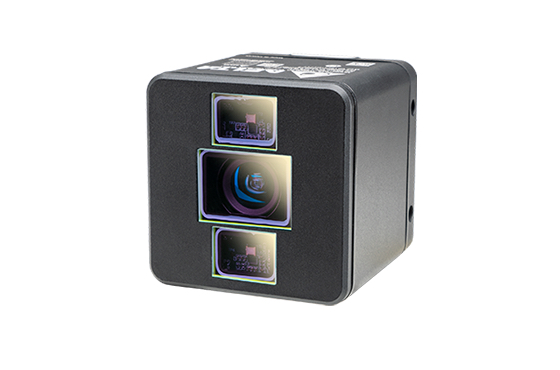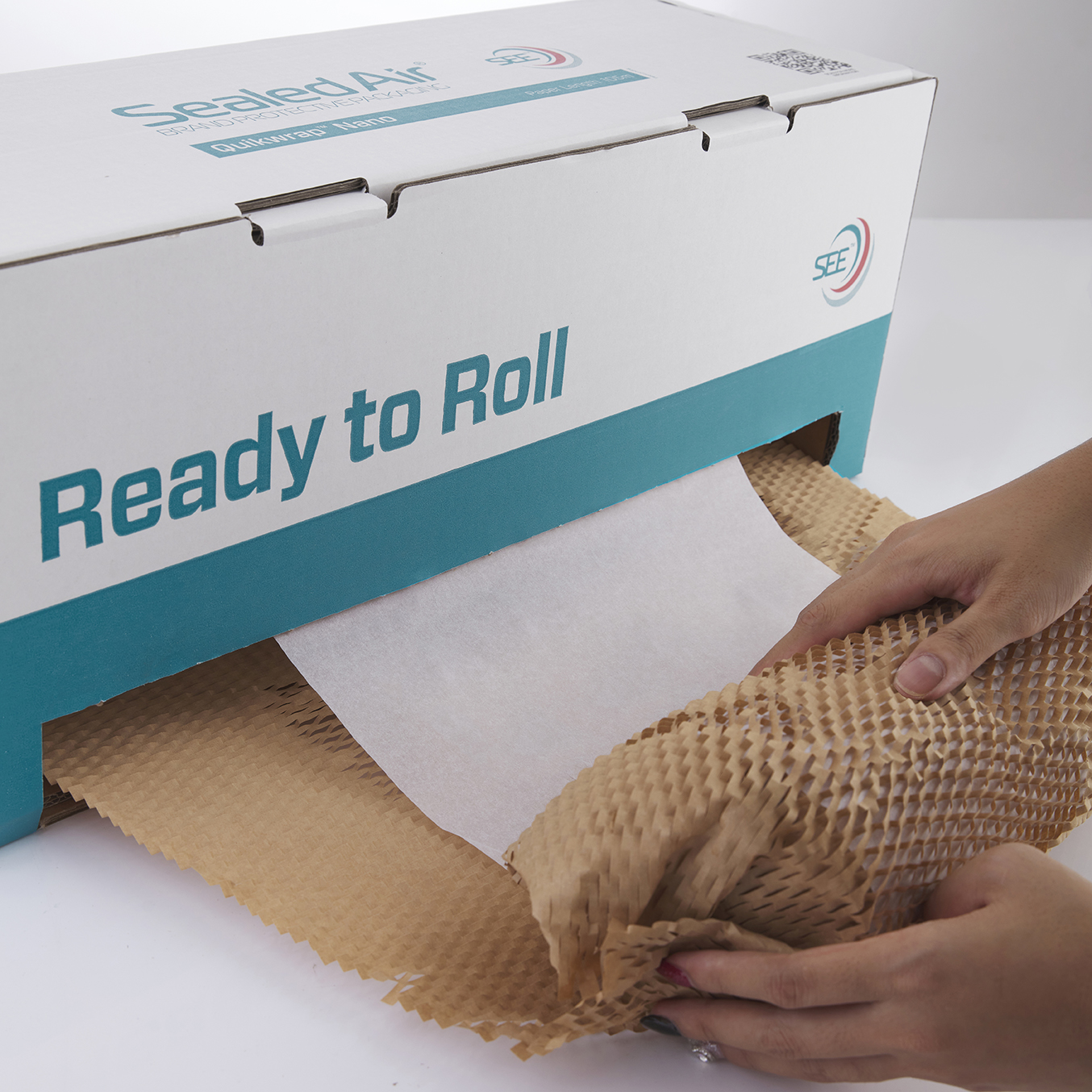Jungheinrich AG chose Configura to be a strategic partner for the development of various product and system configurators for highly complex customer solutions for its logistics systems division. The aim is to jointly establish an all-in-one plant-design-solution for customer projects which cover Jungheinrich’s entire process from initial planning to calculation and the creation of a bill of materials.
“Configura has officially been awarded the contract as the central software solution for the ‘System CPQ’ topic at Jungheinrich, which covers our fully automated intralogistics solutions and several other products,” said Dr. Florian Kuzmany, Head of Business Tools Sales Warehouse & Automation Projects at Jungheinrich.
The cooperation between Jungheinrich and Configura began in 2020, starting with a pilot project for the configuration of automated pallet racking systems. With the latest development in this strategic collaboration, further racking systems as well as materials handling components will be added to Configura’s CET Material Handling planning software, providing Jungheinrich’s sales department with an efficient, intuitive and cross-product project planning solution.
“We value Jungheinrich’s continued commitment to Configura,” said Rich Trahey, VP Sales & Marketing at Configura. “This strategic collaboration enables Jungheinrich to take full advantage of our software ecosystem—enabling them and their network of partners to concept and engineer warehouse systems with speed, accuracy and efficiency.”
As one of the world’s leading providers of intralogistics solutions, Jungheinrich has been advancing the development of innovative and sustainable products and solutions for material flows for 70 years. As a pioneer in the sector, the Hamburg-based family business is committed to creating the warehouse of the future. In 2022, Jungheinrich and its workforce of about 20,000 employees generated revenue of 4.76 billion euros. The global network covers 11 production plants and service and sales companies in 42 countries. The share is included in the MDAX.







